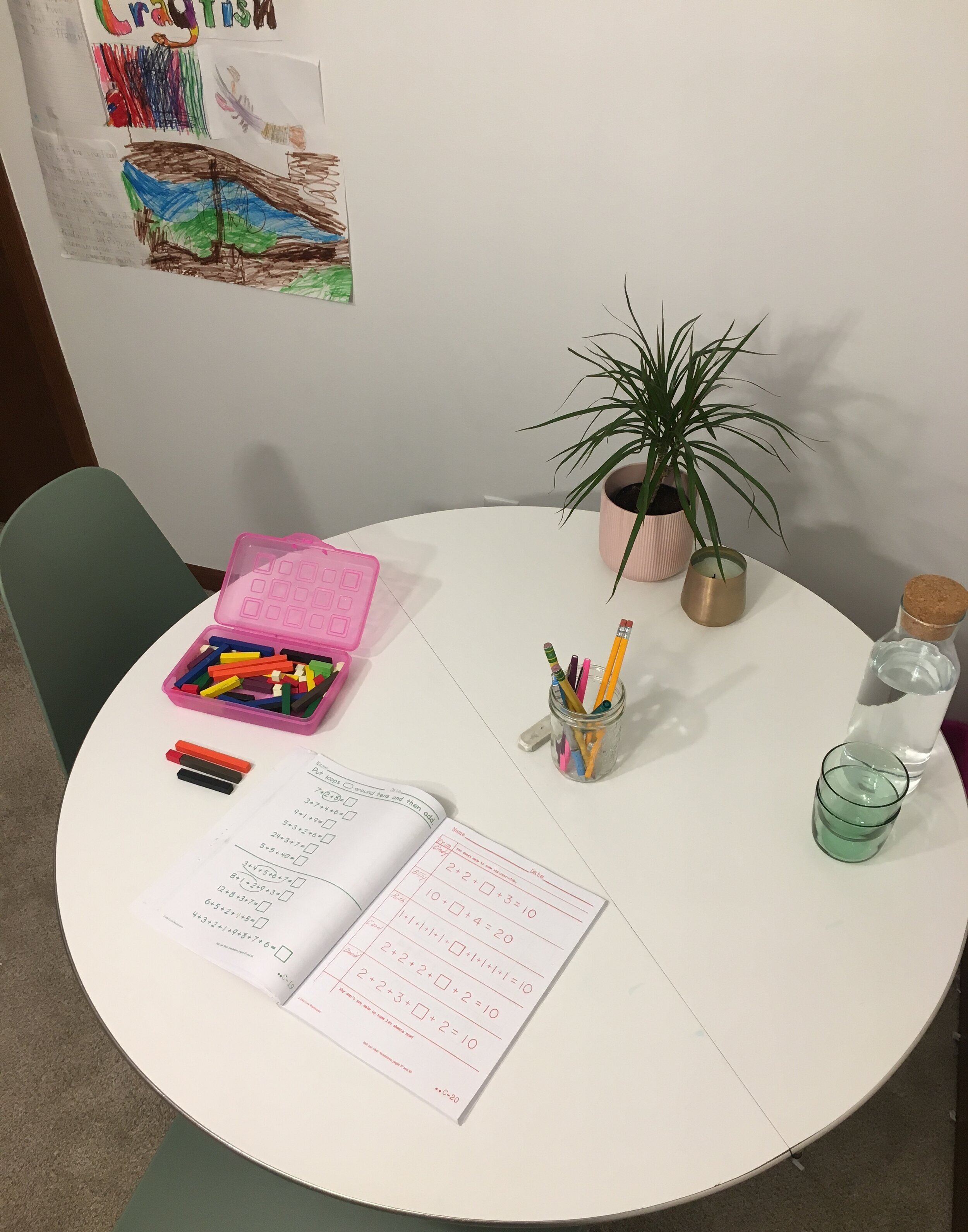Top 5 Tips for Schooling at Home During COVID-19
It’s likely been over a month since your student was in a classroom, maybe more. The transition to becoming a teacher for your child takes time. Our family decided to start homeschooling our oldest this past fall and truthfully the first few months were hard. As in “What were we thinking?!?!” hard. But after a couple of months, we discovered what was working and abandoned what wasn’t working. We were hitting our groove and feeling pretty confident about the rest of the school year when COVID-19 started. Honestly our routines have changed too and we struggled the first few weeks to adjust to this new normal.
I have had friends call and text asking what they can do to make this transition to schooling at home easier. I have been reflecting on what helped me and my son feel like homeschooling was successful and revisiting these things to help with the transition to sheltering in place. With that in mind I am sharing with you my top 5 tips for schooling at home during this crisis.
1. Be Kind to Yourself & Your Kids
These are challenging times. All of our normals have been completely turned upside down. Sure we are all adjusting but that doesn't mean its easy and we aren’t all process this change. You are going to make some mistakes along the way of homeschooling. That’s okay - learn from them, make adjustments, and move on. Both you and your kids are going to have off days; this happens but don't let it define success and failure for you.
I used to try and push through these hard days and they ended in arguments and me feeling like a failure. Now I keep some high-value educational activities up my sleeve for those days. These high-value activities will be different for every kid and every age. My guy is currently 6 and learning to read is a struggle for him -on those days it is extra hard we play reading basketball or a sidewalk reading game. My guy loves competition and movement so that’s what I base his high-value activities on. You know your kiddo best - look to their strengths to lift them up during their struggles.
2. Explore Your Student's Passions
Now is a great time for your child to explore a passion. It’s not often we get the gift of time and although these days feel busy at our house (yours too?) without us having to go to classes and lessons we have found some extra time to follow my son’s passions. Find a crayfish in the creek and your kid has questions about? Take that opportunity to have them (or help them) research it and make a presentation to teach you about it. The possibilities here are endless and the goal is to help your student be excited about what they are learning. Remember all those “why’s?” from your once preschooler? They are still in there, you just have to dig for it a bit.
3. Embrace Flexibility in Your Schedule
This was the first thing I shared with my good friend when she reached out and asked me what my tips were for being successful with schooling at home. Have a teenager that is a night owl and struggles to get up in time for school? The early bird got the worm at your house? Embrace this newfound flexibility and let them work when they are most focused and will be most successful.
Our typical homeschool day looks really different from a typical school day. My oldest needs a lot of movement to help him regulate and focus on school work. We typically start our mornings with snuggles and reading, breakfast, some free time, and then head out on an adventure. Before COVID-19 this might have been a bike ride to a museum, a trip to the climbing gym, or a playgroup meet-up. Now it looks a little different - bike rides, hiking, or helping with some landscaping projects. We focus on moving our bodies and being in nature. After lunch my youngest takes his nap and then we start school around 2 pm.
4. Make Space at Home for School
Your student is used to having a set space to work at school just like you have at work. Find a space at home that you both feel comfortable working in. It can be a few different spaces or one. We for example do our reading and math mostly in my office at a table. Art only happens in the kitchen because the floor is easy to clean.
Make sure your student's materials are easy to access. I keep pencils on the table so we are ready to start and all of our school materials in a closet in my office. No closet space? Maybe their backpack works as a mobile “closet” or a shelf in the mudroom or even a drawer in the dining room hutch. Just keep things in a consistent spot - trust me this will save you a lot of headaches in the future.
5. Takes Breaks and Have Snacks
When I asked my son what he thought should be on this list the first thing he said was to remind students that they should take breaks and have a snack. He’s right. We all feel better if we move around and don’t stare at a screen or books for hours at a time. Have your child set a timer to get up and walk around for 5 minutes every so often. Maybe it works better for your student to do it by task - that’s okay too. The important part is that they take a break. Oh and word to the wise on snack time - pick something that isn’t messy.





